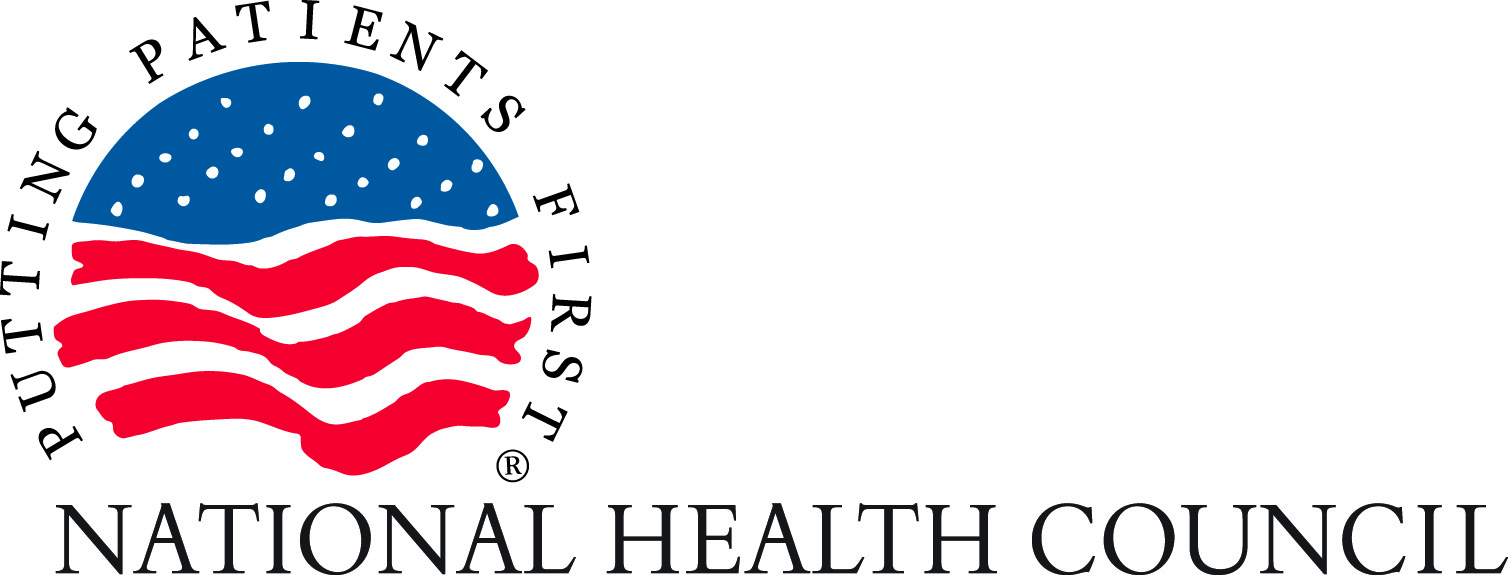Project Update: Patient-Centered Core Impact Sets (PC-CIS)
By Eleanor Perfetto, PhD, MS, Executive Vice President Strategic Initiatives
Currently, there is wide variation in the metrics used to study health conditions and their treatments, and often misalignment between what is measured and what matters most to patients and their families. This random approach leads to confusion, missed opportunities, and inefficiency. There is a need for standardization to help stakeholders target data collection toward the disease and treatment impacts that patients and families report as most important to them.
A patient-centered core impact set (PC-CIS) is a possible solution. A PC-CIS is a patient-prioritized list of impacts a disease and/or its treatments have on a patient or their family and caregivers. Intentionally broad and inclusive, the term “impacts” includes short- and long-term health outcomes and any other related implications (e.g., caregiver/family stresses, economic burden, work and career loss, etc.). Since only patients can inform us about what is important to them regarding their health and lives, development of a PC-CIS should begin by engaging patients and their care partners and families to identify those impacts. Unfortunately, PC-CIS do not currently exist.
To address this problem, the National Health Council (NHC) is leading a multi-stakeholder effort to create a blueprint and toolkit that the patient community and others can use to develop a PC-CIS for a specific disease, related diseases, or population(s). The Innovation and Value Initiative and EveryLife Foundation are founding partners with the NHC in this effort. Our vision is to create a smooth pathway for PC-CIS development by patient groups and their partners (e.g., patient-group consortia, medical-product companies, government entities, others). There are challenges to establishing a PC-CIS for every disease, including the volume of diseases, establishing responsibility for and stakeholder roles in development, and lack of standardized best practices. We envision a blueprint and toolkit that moves us closer to addressing these challenges.
The NHC has finished conducting a landscape assessment to inform our work and identify gaps in knowledge, methods, and tools needed for PC-CIS blueprint development. The NHC’s next steps will be to initiate drafting the PC-CIS Blueprint, compiling patient-centered methods and processes, and creating a series of working groups to further the blueprint development.
If you would like to be involved in this work, please contact [email protected].
To learn more about how you can support this project, please contact Mary Crowther at [email protected].
